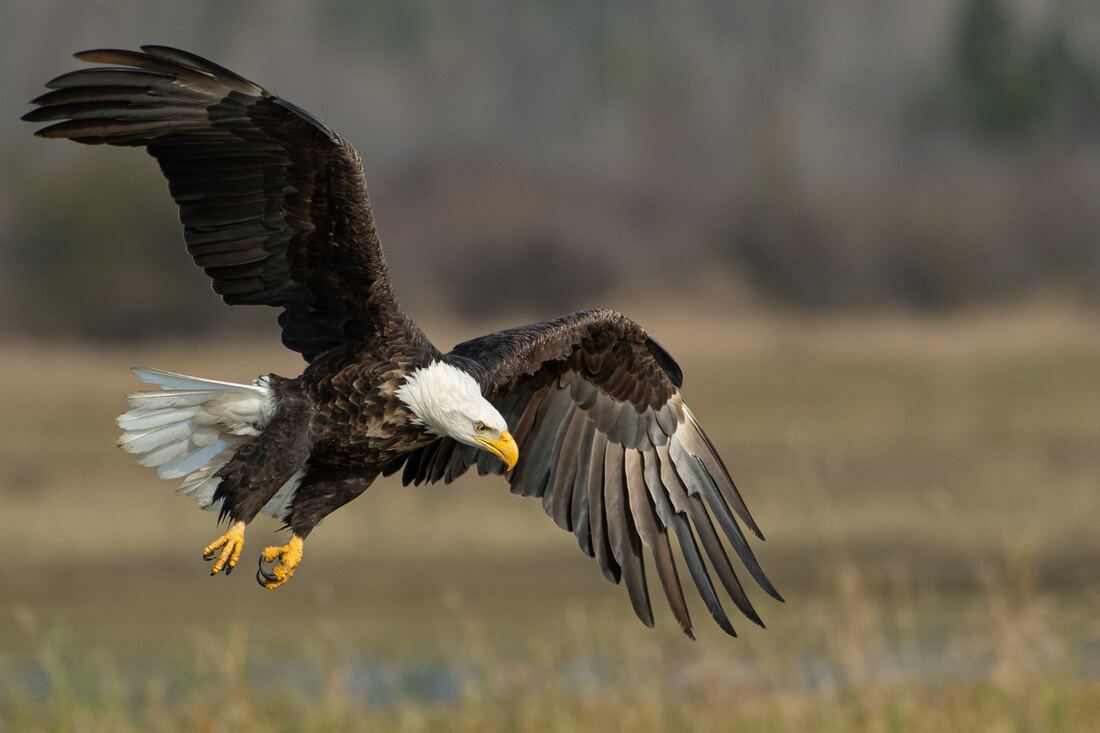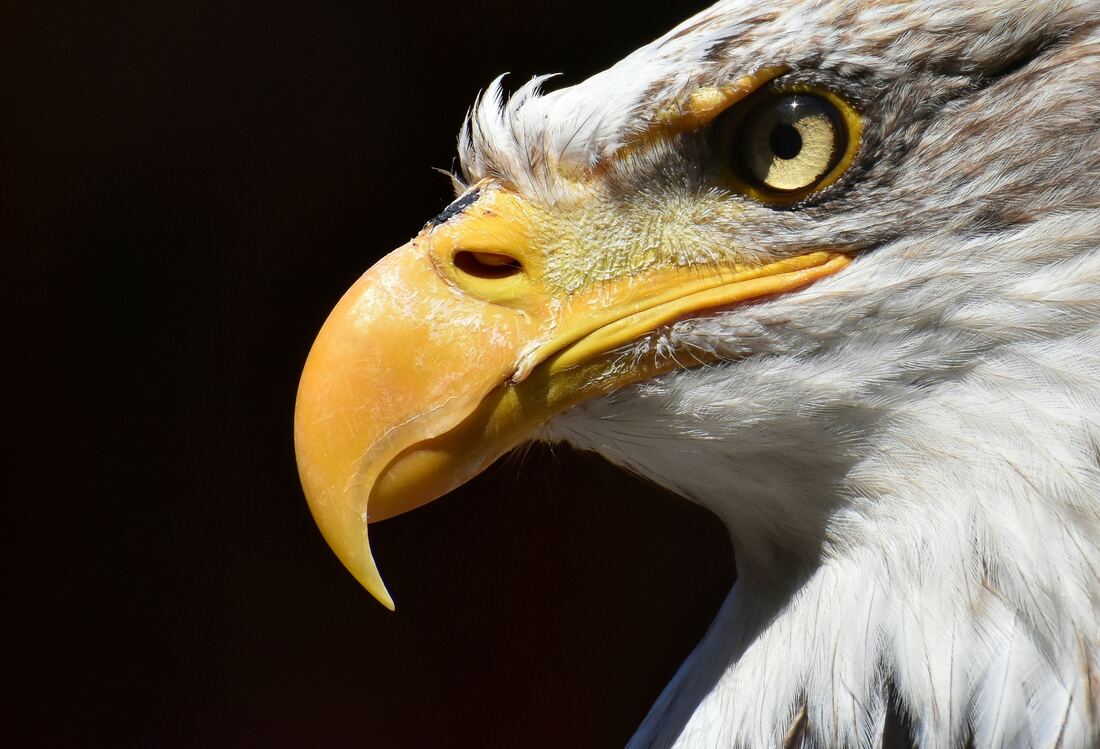|
The bald eagle, once teetering on the brink of extinction, has made a remarkable recovery in recent decades. With their majestic appearance and symbolic significance, these birds of prey have captured the hearts of many. In this article, we will delve into the awe-inspiring story of the bald eagle's journey from near-extinction to a thriving population. Discover the challenges they faced, the efforts made for their conservation, and the remarkable success they have achieved. The bald eagle's decline can be attributed to various factors, including habitat loss, pollution, and illegal hunting. By the 20th century, their population had drastically dwindled due to the widespread use of harmful pesticides, such as DDT. These chemicals found their way into the eagles' food chain, leading to thin eggshells that easily broke during incubation. As a result, the survival rate of eagle hatchlings plummeted, exacerbating the species' decline. Conservation Efforts: Recognizing the urgent need to protect these iconic birds, conservationists and wildlife agencies embarked on a concerted effort to save the bald eagle. In 1940, the Bald Eagle Protection Act was enacted in the United States, marking the first step toward their legal protection. Subsequently, the banning of DDT and the establishment of the Endangered Species Act in 1973 provided further safeguards for the species. Breeding Programs and Habitat Restoration: To boost the eagle population, breeding programs were initiated. Eggs were collected from the wild, incubated, and raised in captivity. Once mature, the young eagles were released back into suitable habitats. Concurrently, efforts were made to restore and protect eagle nesting sites, including the preservation of old-growth forests and the establishment of protected areas. Public Awareness and Education: Raising public awareness played a crucial role in the bald eagle's recovery. Conservation organizations and government agencies worked tirelessly to educate communities about the importance of protecting these birds and their habitats. Programs were developed to engage schools, community groups, and the general public. Through educational campaigns and outreach initiatives, people gained a deeper understanding of the bald eagle's ecological significance, leading to increased support for their conservation. Success and Delisting: Thanks to the collective efforts of scientists, conservationists, and the public, the bald eagle made an extraordinary recovery. In 2007, it was announced that the bald eagle population in the United States had rebounded to the point where it was no longer considered an endangered species.
Consequently, it was removed from the Endangered Species List. This momentous achievement stands as a testament to the power of conservation, showcasing what can be accomplished when dedicated individuals come together to protect and preserve our natural heritage. The story of the bald eagle's resurgence from the brink of extinction is a testament to the tenacity of both the species and the conservation community. It serves as a reminder of the impact humans can have on the natural world, both positive and negative. As we celebrate the success of the bald eagle's recovery, it is crucial to maintain vigilance and continue to protect these magnificent birds, ensuring they remain a symbol of strength, resilience, and the power of conservation for generations to come.
0 Comments
Leave a Reply. |
�
categories
Categories
All
|






 RSS Feed
RSS Feed